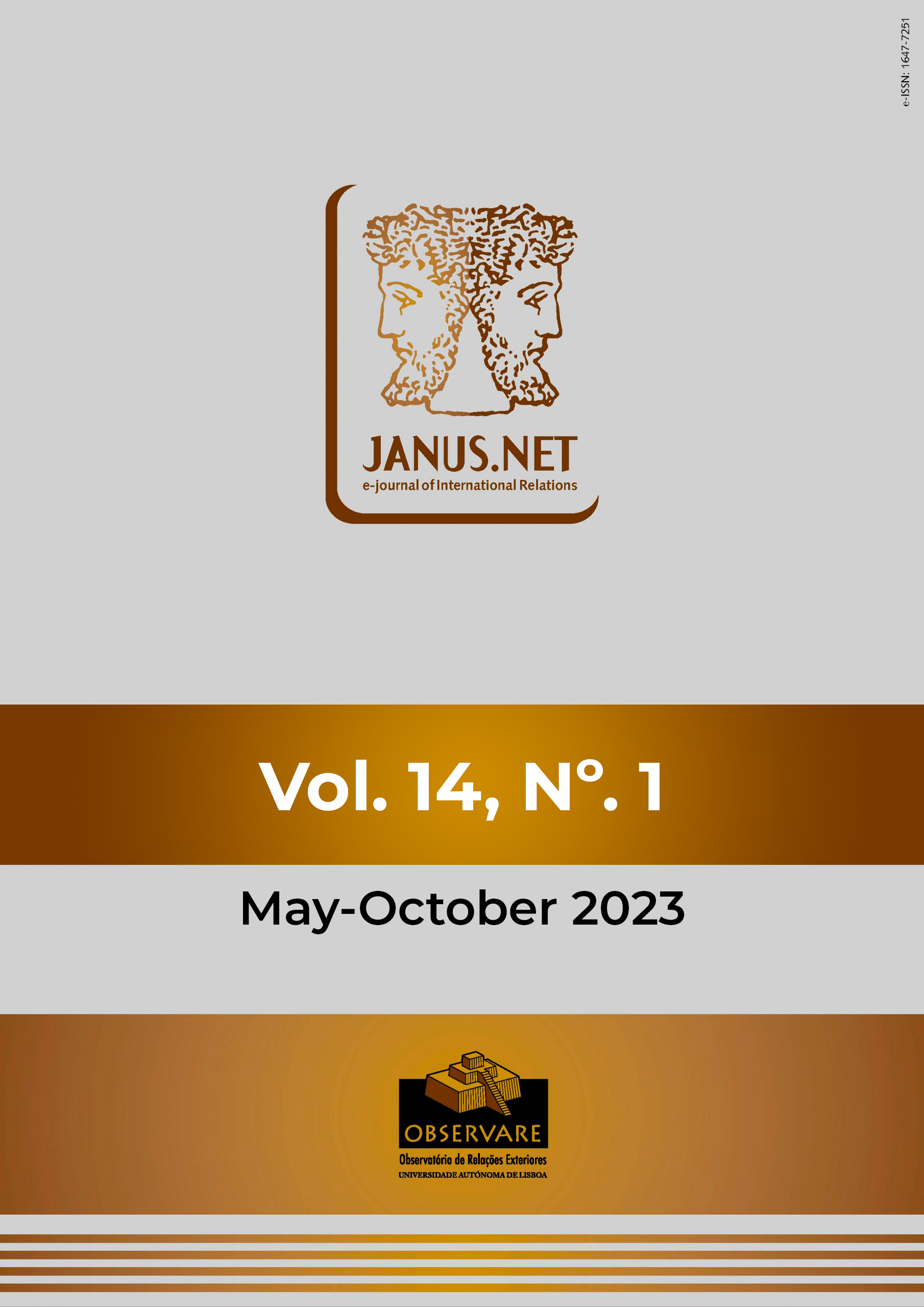International relations theory tends to be characterized by a dichotomy between those who emphasize international constraints with regards to grand strategy and foreign policy decisions, most often associated with realist theories of international relations, and those who emphasize domestic factors, most notably liberal theories. These two approaches are often framed as if they were incompatible. This article attempts to contribute to bridging the gap by examining the presidencies of Syngman Rhee and Park Chung Hee of the Republic of Korea. A comparison between the two presidencies reveals very different political visions for the Republic of Korea. However, it also shows very contrasting grand strategy and foreign policy options under similar international constraints. This is consistent with neoclassical realist theory and the idea that grand strategy and foreign policy are fundamentally determined by international pressures but nevertheless are also influenced by domestic-level factors.
SOUTH KOREAN FOREIGN POLICY UNDER SYNGMAN RHEE AND PARK CHUNG HEE: CONTRASTING STRATEGIES UNDER SIMILAR STRUCTURAL CONSTRAINTS
https://doi.org/10.26619/1647-7251.14.1.8
VÍTOR RAMON FERNANDES
Abstract
Keywords
Syngman Rhee, Park Chung Hee, Republic of Korea, United States of America, Neoclassical Realist Theory
Artigo publicado em 2023-05-30

